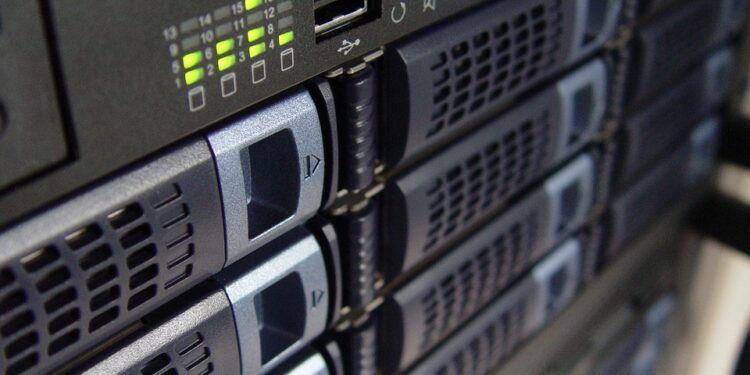As technology continues to advance, the concept of a “smart home” has become increasingly popular. Smart home devices allow homeowners to control and automate various aspects of their home, such as lighting, security, temperature, and entertainment, using a smartphone or other connected devices. However, for those who are new to the world of smart home technology, navigating the vast array of options can be overwhelming. Here is a beginner’s guide to help you understand the basics of smart home hardware and get started on creating your own smart home setup.
First, it’s important to understand the different types of smart home devices available. There are a wide variety of devices that fall under the smart home category, including smart thermostats, smart lighting, smart security cameras, smart locks, smart garage door openers, and smart entertainment systems. Each of these devices can be controlled and automated using a smartphone app, voice commands, or a central hub.
When selecting smart home devices for your home, it’s important to consider compatibility. Some smart home devices are designed to work with particular ecosystems, such as Amazon Alexa, Google Assistant, or Apple HomeKit. Before purchasing any smart home hardware, make sure to check that it is compatible with the ecosystem you prefer to use.
Another important consideration when selecting smart home devices is connectivity. Most smart home devices connect to your home’s Wi-Fi network, but some may require additional hubs or bridges to connect to the internet. It’s important to ensure that you have a strong and reliable Wi-Fi connection throughout your home to ensure that your smart home devices function properly.
One of the key benefits of smart home technology is the ability to automate and schedule tasks. For example, you can set your smart thermostat to adjust the temperature automatically based on your schedule, or program your smart lights to turn on and off at specific times. Automation can help to make your home more energy-efficient, secure, and convenient.
In addition to automation, smart home devices also offer remote access. With a connected smartphone app, you can control your smart home devices from anywhere in the world. This allows you to monitor your home’s security, adjust settings, and receive alerts and notifications when sensors are triggered.
Finally, when setting up your smart home hardware, it’s important to prioritize security. Make sure that your devices are encrypted, password-protected, and regularly updated to protect your personal information and privacy. Additionally, consider setting up a separate network for your smart home devices to prevent potential security breaches.
In conclusion, navigating the world of smart home hardware can be a daunting task for beginners. By understanding the basics of smart home technology, considering compatibility and connectivity, prioritizing automation and remote access, and focusing on security, you can create a smart home setup that is tailored to your needs and preferences. With the right smart home devices and a little bit of research, you can transform your home into a more efficient, secure, and convenient living space.








